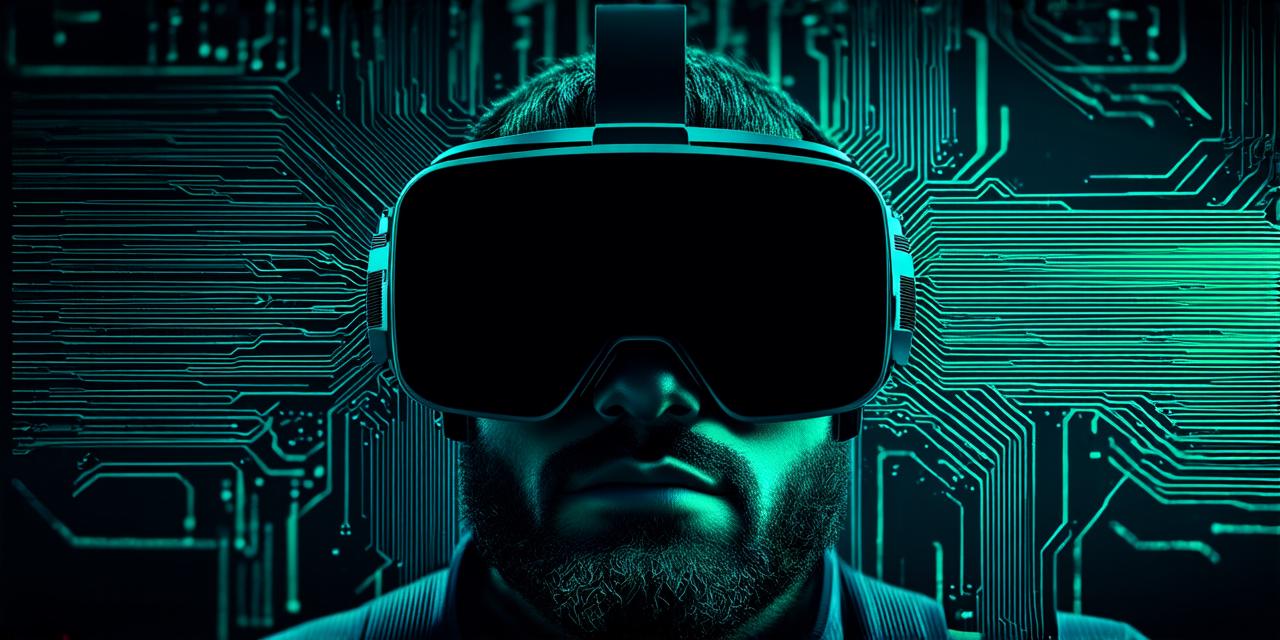What is Virtual Reality?
Virtual Reality (VR) technology is rapidly advancing and changing the way we interact with digital content. With each passing day, new innovations are emerging that are revolutionizing various industries such as gaming, healthcare, education, and more.
Virtual Reality is a computer-generated simulated environment that creates an immersive experience for users. It allows users to interact with digital objects and environments as if they were real, providing a sense of presence and interactivity. VR technology is made up of three main components: hardware, software, and content.
Hardware includes the devices used to track user movement and provide visual and auditory feedback, such as headsets, controllers, and sensors.
Software is responsible for rendering the virtual environment and processing user input, while content refers to the digital objects and experiences created within the VR world.
Latest Developments in VR Hardware
One of the most significant developments in VR hardware has been the release of standalone VR headsets. These devices do not require a separate computer or console, making them more accessible and convenient for users.
Another exciting development in VR hardware has been the integration of haptic feedback technology. This technology allows users to feel physical sensations within the virtual environment, making the experience more immersive and realistic.
Latest Developments in VR Software
Advances in VR software have also been made in recent years, with developers exploring new ways to create more immersive and interactive experiences. One such development has been the integration of eye-tracking technology into VR headsets.
Another exciting development in VR software has been the creation of new tools and platforms that make it easier for developers to create VR content. Unity, for example, is a popular game engine that has been adapted for VR development, allowing developers to create high-quality experiences with ease.
Latest Developments in VR Content
The latest developments in VR content have seen the emergence of new and innovative applications for this technology. In healthcare, for example, VR is being used to treat phobias, post-traumatic stress disorder (PTSD), and chronic pain.
In education, VR is being used to create immersive learning experiences that allow students to explore complex concepts and ideas in a more engaging and interactive way. For example, VR simulations can be used to teach biology by allowing students to explore the human body in 3D, or history by recreating historical events in virtual environments.
In gaming, VR has revolutionized the way we play games, providing players with a level of immersion and interactivity that was previously impossible. From first-person shooters to puzzle games, VR offers a new level of engagement and excitement for gamers.
The Future of Virtual Reality
As VR technology continues to advance, it is clear that its potential applications are virtually limitless. From healthcare and education to gaming and beyond, VR is set to revolutionize the way we interact with digital content and change our lives in ways we can hardly imagine.
FAQs
What is Virtual Reality?
Virtual Reality (VR) technology is a computer-generated simulated environment that creates an immersive experience for users.
What are the latest developments in VR hardware?
The latest developments in VR hardware include standalone VR headsets and the integration of haptic feedback technology.
What are the latest developments in VR software?
The latest developments in VR software include the integration of eye-tracking technology and new tools and platforms for creating VR content.
What are the latest developments in VR content?
The latest developments in VR content include new applications in healthcare, education, and gaming.
What is the future of Virtual Reality?
The future of VR is bright, with limitless potential applications across a range of industries.
